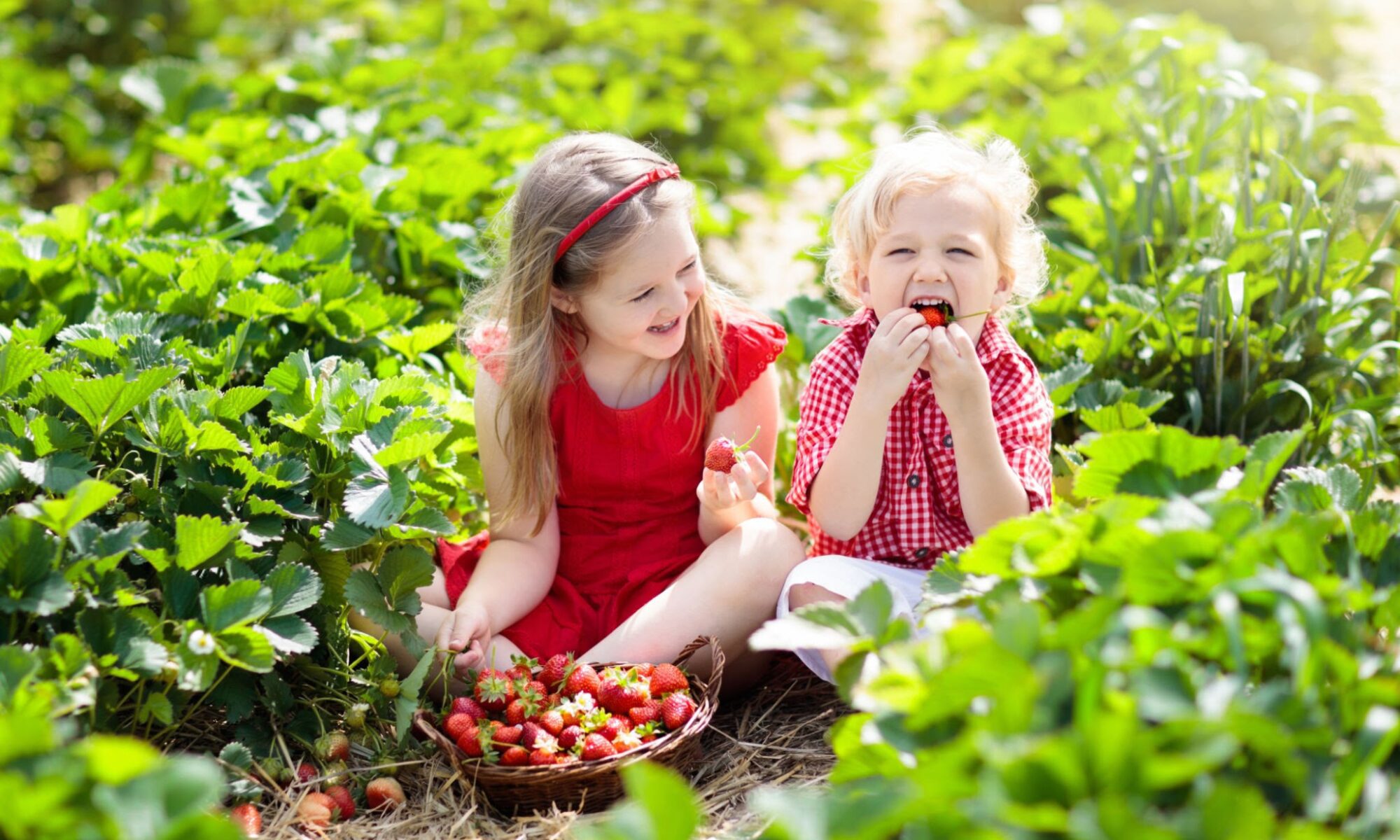It has long been known that humus plays a key role in the soil and in the numerous beneficial processes that occur within it. It is humus that gives the soil a granular structure, promotes moisture retention in the soil, is a source of nutrients for plants, and provides invaluable support for beneficial soil microorganisms.
What can be done to increase the humus content in the soil? It is worth using homemade compost both before planting strawberries and during the vegetation period. Every few years, it is beneficial to spread and dig in old, well-rotted manure in the garden. Mulching strawberries with straw or another organic mass, such as ground branches, also promotes the accumulation of humus in the soil.
Introducing and maintaining the right amount of humus in the soil will allow strawberries to grow healthily and bear fruit abundantly.
Compost in the Garden. Is It Worth It? And if So, Is It Hard to Make?
Yes, using compost in the garden is very beneficial. Compost is rich in nutrients and improves soil structure, which is “mega” beneficial for plants.🙂
Here are some benefits of using compost:
Continue reading “Compost in the Garden. Is It Worth It? And if So, Is It Hard to Make?”
Should You Cut Strawberry Leaves After Fruiting?
I assume the question concerns traditional, non-repeating varieties. Here we have two schools of thought. One says – cut back, the other – absolutely do not cut back. One thing is certain, if our strawberries look OK after the harvest, meaning there’s no significant disease or pest infestation (especially spider mites) visible on the leaves, the strawberries aren’t overly weedy, they seem to be in good condition and “have life in them”, then, in my opinion, cutting the leaves doesn’t make much sense.🙂
Continue reading “Should You Cut Strawberry Leaves After Fruiting?”
Chemical-Free Gardening: Natural Weed Control Methods for Strawberry Cultivation
On large production plantations, the standard for combating weeds is the use of herbicides. Unfortunately, many studies indicate that they are not indifferent to our health, which is why I advise against their use in amateur strawberry cultivation. Weeds, depending on the species, differ in the degree of nuisance. So-called spring ephemeral weeds rarely pose a serious problem, they can be easily pulled out or cut with a hoe and the matter is settled. However, the real challenge may be the so-called perennial weeds, such as couch grass, thistle, or horsetail. Here, pulling or hoeing will not help much, so they should be eliminated before planting strawberries because, in my opinion, planting strawberries in a place heavily “infested with couch grass” makes no sense. Continue reading “Chemical-Free Gardening: Natural Weed Control Methods for Strawberry Cultivation”
How to get rid of beetles on strawberries? Biological methods of combating soil pests
In addition to wireworms, there is also a problem with grubs and click beetle larvae. All of them feed on the roots of strawberry plants and often cause the death of entire plants, sometimes already in the initial phase of cultivation (the first year). Their presence can easily be detected at the stage of digging over the plot before planting strawberries🍓. If we find the larvae of these pests, especially in large numbers, do not plant strawberries there! It would be a waste of our effort and money. Soil pests must be eliminated before establishing the cultivation.🙂🐛 Continue reading “How to get rid of beetles on strawberries? Biological methods of combating soil pests”
How often should I water strawberries?
There is no simple answer to this. Strawberries 🍓 , like any other plants, should be watered when they need it. Therefore, it all depends on the weather conditions. Strawberries require the most water 💧 after flowering, during the period of strong growth and fruit ripening (usually from the end of May through all of June). A lack of water during this period always results in smaller fruits and a significant drop in yield. Continue reading “How often should I water strawberries?”
How Densely Should You Plant Strawberries? What’s the Best Spacing?
Well, on one hand, you’d want to plant strawberries 🍓 as densely as possible in hopes of a high yield. On the other hand, there’s a sensible limit to the number of plants per unit area, and excessive crowding will cause individual plants to compete with each other for water and nutrients, and the maturing fruits, lacking sufficient sunlight ☀️, will be smaller and not as sweet as they could be. Moreover, due to the increased humidity in overly dense plantings, conditions become favorable for various fungal infections, especially gray mold. Continue reading “How Densely Should You Plant Strawberries? What’s the Best Spacing?”
Everbearing Strawberries – The Solution for Those Who Find the Strawberry Season Too Short. Decoration and Tasty Fruits in One.
Example Everbearing Varieties 🍓:
- Selva
- Ostara
- San Andreas
This is a group of varieties that, unlike traditional varieties, bloom and bear fruit from late spring to late autumn, in practice – until the first frost. Continue reading “Everbearing Strawberries – The Solution for Those Who Find the Strawberry Season Too Short. Decoration and Tasty Fruits in One.”
Millipedes and Armadillos in the Garden – How to Deal with Them
Centipedes and millipedes play an important role in the ecosystem.
Centipedes, especially the smaller species, help in the decomposition of organic matter and can contribute to the control of other pest populations. Millipedes, on the other hand, primarily feed on decaying plant matter and fungi, which also plays a significant role in soil formation processes.🧐
Continue reading “Millipedes and Armadillos in the Garden – How to Deal with Them”










